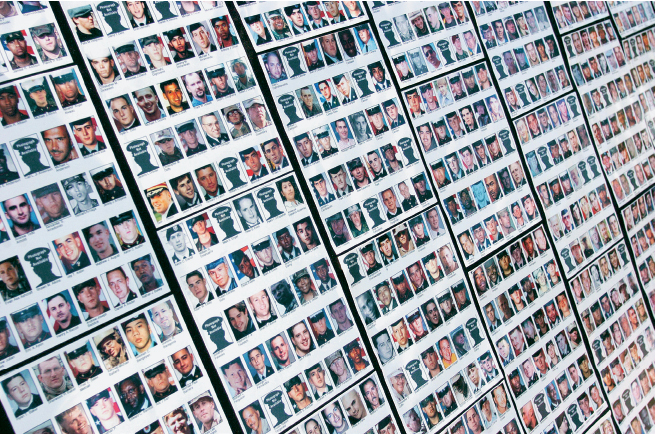The Cultural Model
Printed Page 15
The cultural model of media literacy views media content as a part of culture. Culture consists of the ways in which people live and represent themselves at particular historical times—as manifested in things like fashion, sports, architecture, education, religion, science, and media.
As cultural forms, the media help us to make sense of daily life and to articulate our values. When we listen to music, read a book, watch television, or scan the Internet, we assign meaning to that song, book, TV program, or Web site. And different people often assign different meanings to the same media content. Take the Harry Potter book series. Some readers see the series as an innocent coming-of-age children’s story. Others interpret it as more adult literature containing pointed metaphors about good and evil that parallel current political events. Still others construe the series as a tool for luring children into a life of witchcraft. And others use the books merely for entertainment, inventing Harry Potter parodies in almost every imaginable media form.
We describe this model for understanding media content as cultural because it recognizes that individuals assign diverse meanings to messages, depending on personal characteristics such as their gender, age, educational level, ethnicity, occupation, and religious beliefs. According to this model, audiences actively affirm, interpret, refashion, select, or reject the messages flowing through various media channels. One manifestation of this active audience in the digital age is the Internet meme. Coined by British evolutionary biologist Richard Dawkins, the term has come to mean a digital experience—a video, a sound recording, even just a catchphrase—that is passed electronically from one consumer to another—sometimes with new variations (remakes, remixes, mash-ups, and so forth)—often very quickly. This widespread, rapid transmission is often referred to as viral, and includes brief cultural touchstones like Rebecca Black’s “Friday” video, Charlie Sheen’s use of “winning,” or Three Wolf Moon T-shirts. Unlike network celebrities and corporate brands, the meme is a product of an interactive culture in dialogue with itself.
But even as we shape media content, it shapes us, too. For instance, during the recent wars in Afghanistan and Iraq, journalists’ work increased people’s awareness of the wars and in some cases altered attitudes toward them. Graphic depictions of the wars’ human toll prompted many people to vocally oppose the wars. This opposition in turn influenced political leaders to reconsider their military strategies.
Thus, the cultural approach to studying the media critically analyzes media content, the ways in which audiences interpret the content, and the circumstances of how the media produce such content.
